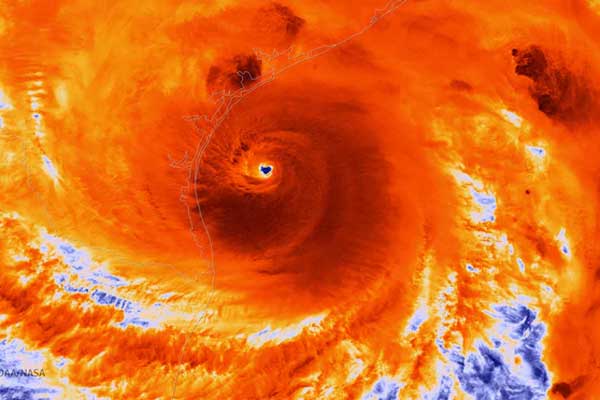Scientists confirm in Environmental Research Letters that global warming made Hurricane Harvey, which hit Texas in August, more intense than it could have been.
Hurricane Harvey’s torrential rainfall, which caused serious flooding in Houston this summer, was made around three times more likely by climate change.
Global warming also made the downpour around 15 percent more intense.
Such results are usually published quickly, but the Guardian says the authors had the work peer-reviewed due to Trump’s opposition to climate concerns.
Such storms are still rare, but the research suggests that, even if global warming is kept to 2°C, the chances of more striking in future could triple again.
The research was conducted by the World Weather Attribution (WWA) initiative, who assess the role of climate change in extreme events.
A second study conducted by scientists from The Lawrence Berkeley National Laboratory in California had similar findings, the New York Times reports.
“The amount of precipitation increase is worse than I expected,” Michael J. Wehner, a senior scientist at Lawrence Berkeley National Laboratory, told the New York Times.
Interesting to note that scientists have calculated that Harvey’s rainfall weighed 127bn tonnes












Comments